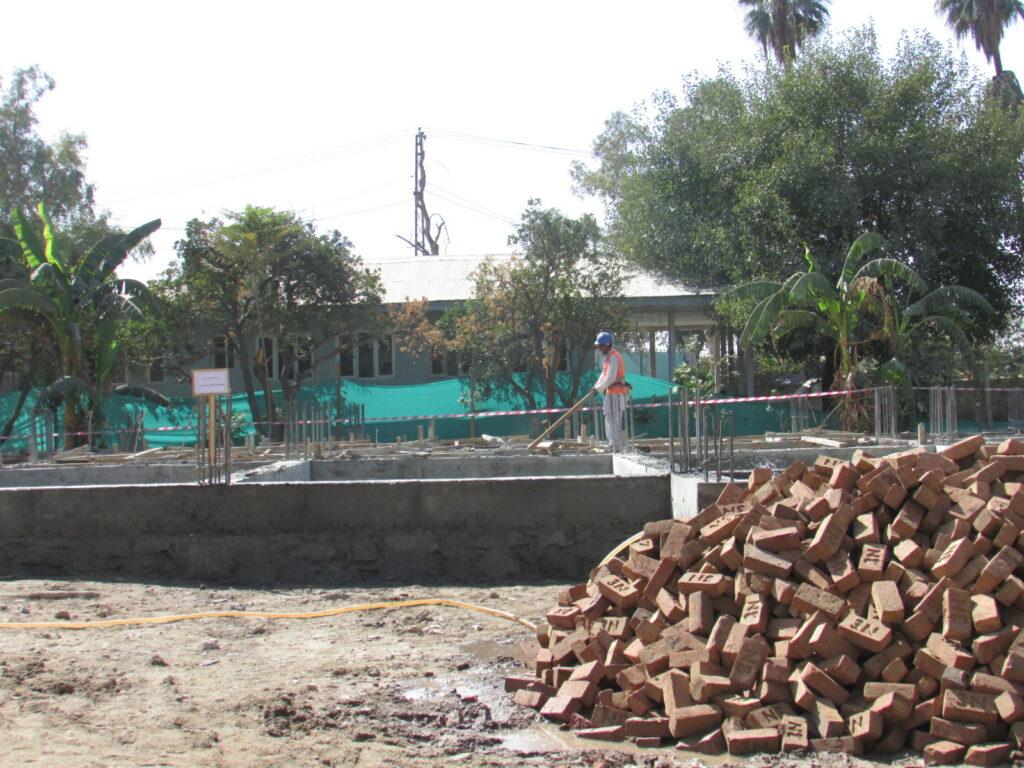JALALABAD (Pajhwok): The expanding construction sector has negatively affected agriculture besides increasing pollution in eastern Nangarhar province.
Residents complain urbanisation is leading to the loss of agricultural lands on the outskirts of Jalalabad. The government has been unable to address the issue.
The Agriculture Department acknowledges 10 percent of the agricultural land has been used for the construction of housing units over the past few years.
Agriculturists and economists, viewing the shrinking land as dangerous trend, warn the practice may harm local agriculture and reduce crop yileds. Nangarhar being an agricuturle province is known for its greenery.
Agriculture land in Jalalabad, Behsud, Surkh Rod and Kama districts produce crops of different kinds.But unchecked urbanisation poses a threat to agriculture in the province.
Gul Ahmad, 65, a resident of Jalalabad, recalls many areas in Behsud, Kama and Jalalabad were known in the past for heir agriculture products. All of them have perished with the construction of houses.
He believes if Afghanistan’s agriculture is harmed, the country will have to be dependent on so many things, which will have to be imported.
Badruddin, a civil society activist, says people from insecure areas of Nangarhar have migrated to Jalalabad, the provincial capital where they have purchased land plots.
On their return home, the displaced individuals either sell or rent out their houses. Constructions of agricultural land undermine the economy.
He wants the government to facilitate the construction of a township in areas not suitable for agriculture.
Abdul Waris, services director at the Agriculture Department, recknons there are 99,320 hectres of agriculture land in Nangarhar. About 10 percent of it has been used for the construction of homes.
Alyhough the government has spread awareness among the masses on the issue, but most of houses have been built on private lands, he concludes.
nh/mud









GET IN TOUCH
NEWSLETTER
SUGGEST A STORY
PAJHWOK MOBILE APP